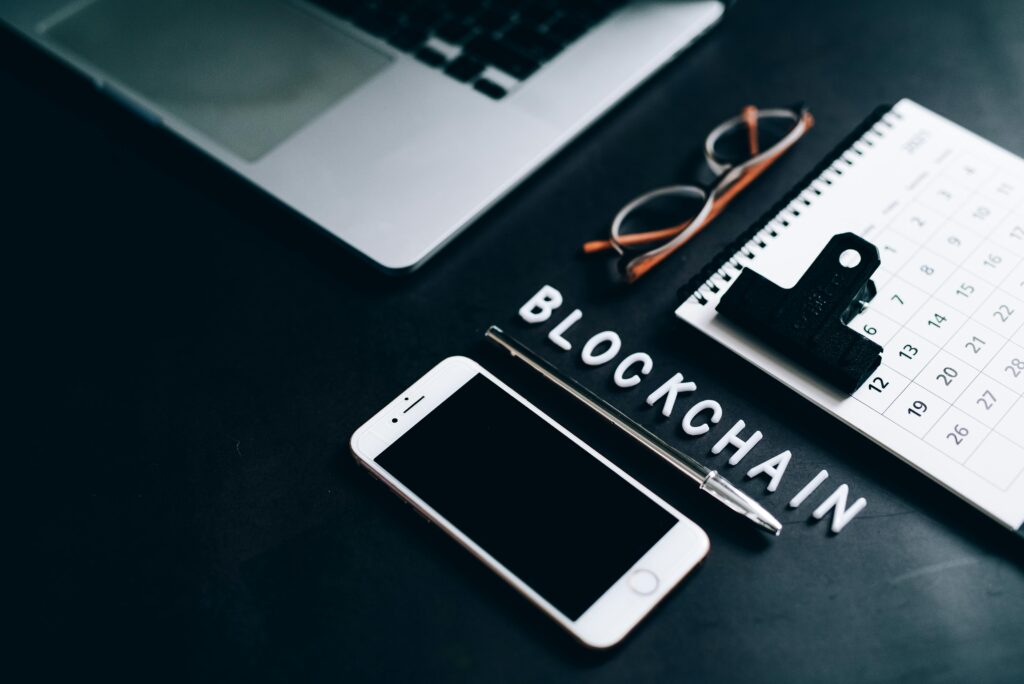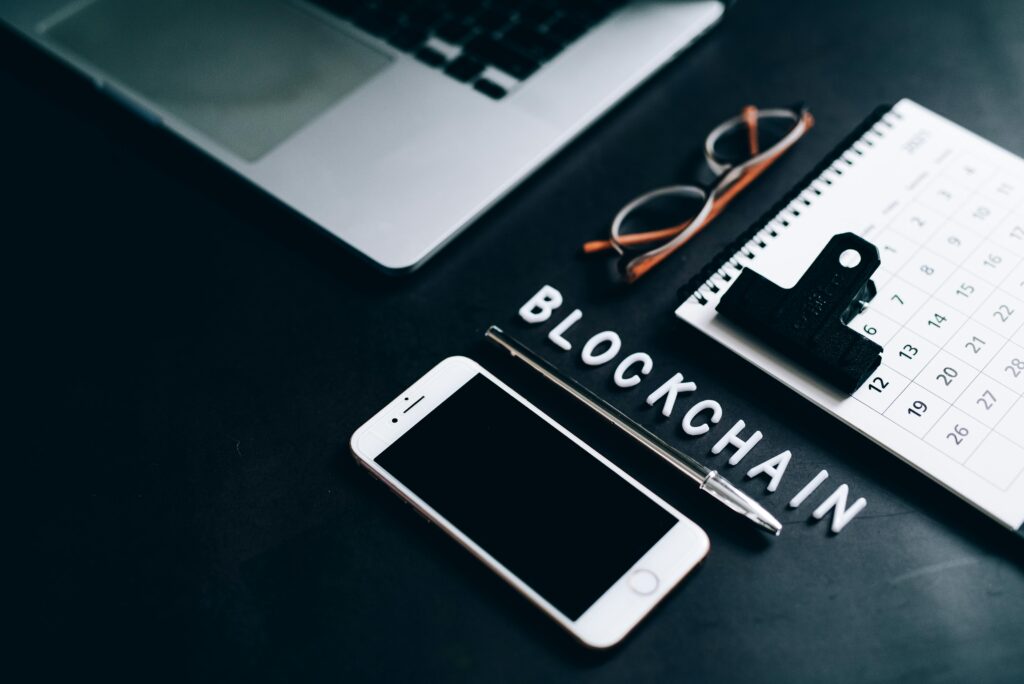Blockchain technology has become one of the most revolutionary innovations of the digital age, providing secure, transparent, and decentralized solutions to various industries. However, as blockchain continues to grow, the need for robust blockchain security has become more crucial than ever. Blockchain security refers to the protection of the integrity and safety of data within a blockchain network. In this article, we’ll explore the concept of blockchain security, how it works, and its significance in safeguarding decentralized systems.

Understanding Blockchain and Its Security Features
Before diving into the specifics of blockchain security, it’s essential to understand the technology itself. A blockchain is essentially a distributed ledger that records transactions across multiple computers in a network. This structure ensures that no single entity has control over the entire chain, making it decentralized. The blockchain is commonly used in cryptocurrency networks like Bitcoin and Ethereum, but its applications extend to various industries, including finance, supply chain management, healthcare, and more.
Key Components of Blockchain Security
Blockchain security relies on several technological features that ensure data integrity and protection against tampering:
- Cryptography: The core of blockchain security lies in cryptography. Blockchain uses advanced cryptographic techniques to secure transactions. Public and private keys are generated for each participant in the network, and the data is encrypted using algorithms such as SHA-256 (secure hash algorithm) in Bitcoin’s blockchain. This ensures that only authorized parties can access or verify the data. Read about low fee forex broker 2024.
- Decentralization: One of the most significant security benefits of blockchain is its decentralized nature. Traditional systems rely on a central authority, such as a bank or government agency, to oversee and verify transactions. In contrast, blockchain operates on a distributed network of nodes (computers) that work together to validate and record transactions. The decentralized nature of blockchain means there is no single point of failure, making it highly resistant to hacking and fraud.
- Consensus Mechanisms: Blockchain security is further strengthened by consensus mechanisms like Proof of Work (PoW) and Proof of Stake (PoS). These mechanisms require participants in the network to solve complex mathematical problems or stake tokens to validate transactions. This process ensures that only legitimate transactions are recorded on the blockchain and makes it computationally expensive to alter past records, thereby securing the entire network.
- Immutability: Once a transaction is recorded on a blockchain, it is almost impossible to alter or delete. This feature is referred to as immutability, and it is achieved through cryptographic hashing and the consensus process. The immutability of the blockchain ensures that once data is added, it is permanent and tamper-proof, enhancing security and trustworthiness.
How Does Blockchain Security Work?
To understand how blockchain security functions, it’s important to break down the process of how a transaction is verified and added to the blockchain.
Step-by-Step Process of Blockchain Security
- Transaction Initiation: A user initiates a transaction, which is typically a transfer of cryptocurrency or data. The transaction details, including the sender, receiver, and amount, are encrypted and hashed using cryptographic algorithms.
- Broadcasting the Transaction: Once encrypted, the transaction is broadcast to a network of nodes (computers) that participate in the blockchain. These nodes are distributed globally, making it difficult for a malicious actor to compromise the system.
- Validation and Consensus: To prevent double-spending or fraudulent transactions, blockchain networks use consensus algorithms to validate transactions. In Proof of Work (PoW), miners compete to solve complex puzzles, while in Proof of Stake (PoS), validators are chosen based on the amount of cryptocurrency they hold and are willing to “stake” as collateral.
- Block Formation: Once a transaction is validated by the majority of the network, it is grouped into a “block” along with other transactions. This block is then added to the blockchain, forming an immutable record that cannot be altered without the consensus of the network.
- Confirmation: After a block is added to the blockchain, it undergoes several confirmations, making it increasingly difficult to alter or reverse. The more confirmations a transaction has, the more secure it is deemed to be.
Security Enhancements Through Smart Contracts
Blockchain security is not limited to transaction validation. Smart contracts, which are self-executing contracts with the terms of the agreement directly written into code, also play a role in ensuring secure interactions on blockchain networks.
Smart contracts operate on a blockchain and are programmed to automatically execute when certain conditions are met. Since these contracts are immutable and decentralized, they reduce the risk of fraud or manipulation. However, like any technology, they are not without vulnerabilities and require careful design and testing to ensure that security risks are minimized.

Blockchain Security Risks and Challenges
Despite its numerous advantages, blockchain technology is not immune to security risks. While blockchain is inherently secure, certain vulnerabilities and attack vectors can compromise the system’s integrity.
1. 51% Attacks
A 51% attack occurs when a malicious actor gains control of more than half of the computing power (in PoW) or stake (in PoS) on a blockchain network. With this majority control, they can manipulate the network, double-spend tokens, or even halt transactions. Although 51% attacks are theoretically possible, they are extremely difficult and costly to carry out on well-established blockchains like Bitcoin or Ethereum.
2. Phishing and Social Engineering
While blockchain itself may be secure, phishing attacks and social engineering can compromise individual users. Phishing involves tricking users into revealing their private keys or wallet credentials, allowing attackers to steal funds. Similarly, social engineering techniques can manipulate users into transferring tokens or performing actions that compromise their security.
3. Smart Contract Vulnerabilities
Although smart contracts provide enhanced security and automation, they are also vulnerable to coding errors and exploits. For instance, if a smart contract contains a bug or vulnerability, it can be exploited by attackers to steal funds or manipulate transactions. The most famous example of a smart contract vulnerability is the DAO hack in 2016, which resulted in the theft of over $50 million worth of Ether.
4. Cryptographic Weaknesses
The security of a blockchain is also dependent on the strength of its cryptographic algorithms. If a blockchain uses outdated or weak cryptographic methods, it could be vulnerable to attacks. Advances in quantum computing, for example, could pose a future threat to current encryption methods used in blockchain networks.
5. Human Error and Mismanagement
The human element remains one of the biggest vulnerabilities in blockchain security. Users who fail to properly manage their private keys, store their wallets securely, or adhere to best practices in cybersecurity may inadvertently expose their assets to theft or loss.
Best Practices for Enhancing Blockchain Security
To mitigate the risks associated with blockchain technology, it’s essential to adopt best practices for ensuring security.
1. Strong Cryptographic Algorithms
Ensure that blockchain networks employ strong cryptographic algorithms, such as SHA-256 for hashing and RSA for public-key encryption. Regular updates to cryptographic protocols can help maintain security against emerging threats.
2. Multi-Signature Authentication
For added protection, blockchain wallets and platforms can implement multi-signature authentication, where multiple private keys are required to authorize a transaction. This prevents unauthorized access, even if one private key is compromised.
3. Regular Audits and Penetration Testing
Blockchain networks should undergo regular security audits and penetration testing to identify vulnerabilities and weaknesses in their codebase. Third-party auditors can provide unbiased assessments and help mitigate potential risks before they become significant threats.
4. Education and Awareness
Educating users about blockchain security is crucial. Many breaches occur due to human error, such as falling for phishing scams or mishandling private keys. Offering comprehensive training and resources can help users better understand the importance of cybersecurity and how to protect their assets.
5. Secure Smart Contracts
Smart contract developers should follow best practices in coding and thoroughly test their contracts before deployment. Using formal verification tools can help identify vulnerabilities in smart contracts and ensure their security. Additionally, external audits should be conducted for high-value contracts to ensure they are free from security flaws.

The Future of Blockchain Security
As blockchain technology continues to evolve, so too will the methods and tools for securing it. The rise of quantum computing and the increasing adoption of blockchain across various industries will present new challenges, but also opportunities for innovation in blockchain security.
The integration of AI and machine learning with blockchain technology could further enhance security by enabling real-time monitoring and threat detection. Additionally, the development of quantum-resistant algorithms could help protect blockchain networks from future quantum computing threats.
In conclusion, blockchain security is a crucial component of ensuring the reliability and integrity of blockchain networks. By leveraging cryptography, decentralization, consensus mechanisms, and best practices, blockchain can offer a secure and transparent alternative to traditional systems. However, as with any technology, continuous vigilance and innovation are required to address emerging risks and challenges.
By staying informed and adopting the best security practices, businesses and individuals can harness the full potential of blockchain while safeguarding their data and assets.